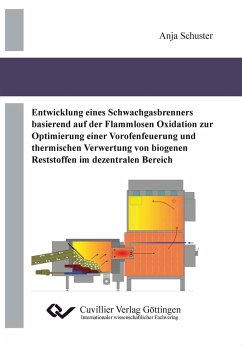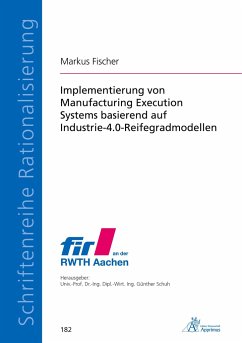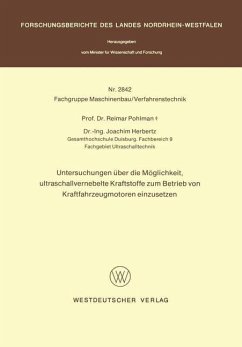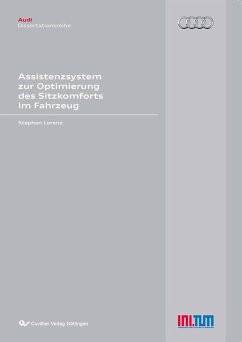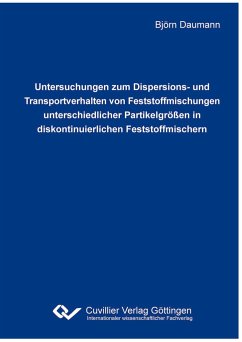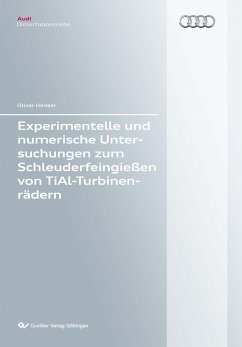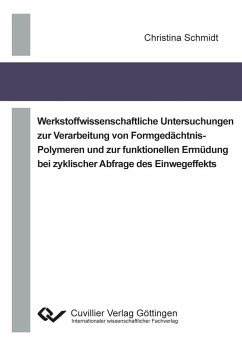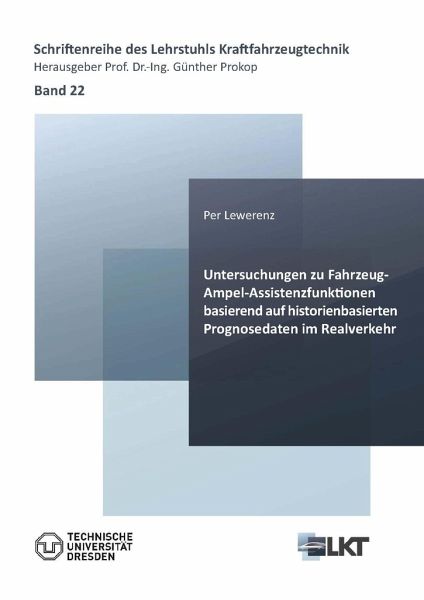
Untersuchungen zu Fahrzeug-Ampel-Assistenzfunktionen basierend auf historienbasierten Prognosedaten im Realverkehr

PAYBACK Punkte
0 °P sammeln!
In Bezug auf die Reichweite sind die menschlichen Wahrnehmungsorgane begrenzt, was zu einem Informationsmangel für die Fahrer motorisierter Verkehrssysteme führt. Dieses Defizit kann durch Kommunikationssysteme von Fahrzeug zu Fahrzeug (V2V) und / oder Fahrzeug zu Infrastruktur (V2I) ausgeglichen werden. Mit dem Ziel einer vorteilhaften Kombination der menschlichen Vorteile mit denen technischer Systeme können vernetzte Assistenzsysteme fehlende Informationen liefern, die der Fahrer bei der Situationsbewertung berücksichtigen kann. Die Annäherung an Lichtsignalanlagen ist eine Verkehrssit...
In Bezug auf die Reichweite sind die menschlichen Wahrnehmungsorgane begrenzt, was zu einem Informationsmangel für die Fahrer motorisierter Verkehrssysteme führt. Dieses Defizit kann durch Kommunikationssysteme von Fahrzeug zu Fahrzeug (V2V) und / oder Fahrzeug zu Infrastruktur (V2I) ausgeglichen werden. Mit dem Ziel einer vorteilhaften Kombination der menschlichen Vorteile mit denen technischer Systeme können vernetzte Assistenzsysteme fehlende Informationen liefern, die der Fahrer bei der Situationsbewertung berücksichtigen kann. Die Annäherung an Lichtsignalanlagen ist eine Verkehrssituation, die häufig von einem Mangel an Informationen durch den Fahrer begleitet wird. Der Fahrer benötigt Informationen über die bevorstehenden Signalzustände, damit er sein Fahrverhalten optimal an die Situation anpassen kann. Bevorstehende Signalzustände verkehrsabhängiger Lichtsignalsysteme können - mit unterschiedlichen Detaillierungsgraden - vorhergesagt und dem Fahrer in vernetzten Fahrzeugen zur Verfügung gestellt werden. Es bleibt die Frage, ob der menschliche Fahrer auch unsichere vorhergesagte Informationen in die Situationsbewertung einbezieht, da eine detaillierte Prognose Anforderungen an die Infrastruktur stellt, die heute oft nicht erfüllt werden. Ziel der vorliegenden Arbeit ist die prototypische Implementierung und Untersuchung eines vernetzten Assistenzsystems, das dem Fahrer eine Geschwindigkeitsempfehlung bei Annäherung an Lichtsignalanlagen gibt. Die Empfehlung wird durch einen Vorhersagealgorithmus berechnet, der ausschließlich auf den Beobachtungen der vergangenen Signalzustände aufbaut. Der Nutzen des Assistenzsystems wird anhand experimenteller Studien im realen Dresdner Verkehr untersucht und anhand der Bewertung sowohl der Messung von Fahrzeugzuständen als auch der subjektiven Systembewertung durch die Testpersonen quantifiziert. Da der Grad der Unsicherheit aufgrund der Darstellungsform nachvollziehbar ist, bewerteten die Probanden die Informationen trotzdem als eindeutig. Die Auswertung der Ergebnisse zeigt, dass die Testpersonen die Informationen vorteilhaft in ihre Situationsbewertung einbeziehen können, indem sie aufgrund der Geschwindigkeitsanpassung auch bei unsicherer Prognose rund 11% Energie einsparen.





